Institutional investors are moving fast to protect their portfolios from the risks facing the Australian market. Over a third of the money poured into new mandates last year was in international equities, twice the amount of new funds invested in Australian equities.
The latest edition of the Rainmaker Research Mandate Chaser report shows that Australian institutional investors awarded about $29 billion in mandates during the year to June 2015. As much as 34% of these funds went into international equities mandates, while about 18% was invested in Australian equities. Alternatives, another rising trend, accounted for about 22% of new mandates.
This represents a sharp change compared to previous years. New institutional money invested in Australian equities has been consistently falling over the last few years, with the sharpest fall registered between June 2014 and June 2015.
“We are having a number of [institutional] clients reweighting away from Australian equities and into international equities,” Hyperion managing director Tim Samway said.
The Australian equities manager is close to reaching capacity and closed its institutional business to new inflows last April. At the same time, the Hyperion team is researching international stocks and managing an internal portfolio with the aim of building and launching a global equities product in the future.
The increase in international equities mandates is significant in the context an overall fall in the number of new mandates. Rainmaker Research shows that institutional investors awarded 287 new mandates in 2015, fewer than the 385 awarded in 2014 or the 664 in 2011.
“The mandates that we win have been stickier,” Samway explained. “We have a number of investors that have been with us for around 10 years or even more.” He added that this reflects superannuation funds’ increasing focus on long term objectives, but also awareness that appointing new managers can be costly.
“Super funds are getting a large exposure of their portfolios to passive strategies and they come to active managers and boutiques looking for alpha,” he said.
REST chief executive Damian Hill explained: “We don’t turn over managers that much and we try not to have too many managers. We don’t mind that much the size of the initial mandate, but the capacity to grow it in the future.”
Hill confirmed that the trend for in-housing could also be having an impact. “Of the latest four or five new mandates, two or three have been to our internal team,” he said. However, he highlighted that as the industry matures and more superannuation members move towards retirement, net flows are going to be lower. “This will make funds more circumspect about what they do. They will have to pay more attention to their cashflow as payments and superannuation benefits increase.”
UBS Asset Management is among the top 10 managers to receive more mandate inflows over the last three years. Head of Australia and New Zealand Bryce Doherty said that a reason behind the decrease in new mandates is that funds are bringing the management of traditional asset classes in-house and look elsewhere for more sophisticated strategies.
“Funds are moving away from the idea that they need to have large, broad portfolios.” Instead, they demand multi-asset strategies and solutions that can be tailored for the needs of each fund.
“They want good performance, but also risk management tools and economic insights from what is happening in other countries; information that they can’t get by themselves,” he said.
QIC executive director of strategy, clients and global markets, Brian Delaney, has experienced similar changes in demand. “More and more clients are looking for solutions that might not necessarily result in a product,” Delaney said.
This could also explain the decrease in the number of new mandates: “Going back, a manager would build a product and run the same thing for many clients. But now we are looking at strategies, engaging with clients about particular things they have to solve.
“The sophistication level of clients has increased and as a result they are getting quite particular about what they want to pay for,” Delaney said, adding: “In the past, some were paying active fees for beta driven asset classes. Now they are getting smarter about the questions they need to ask,” a trend that is forcing the rest of the industry to lift its game.
[via Financial Standard]



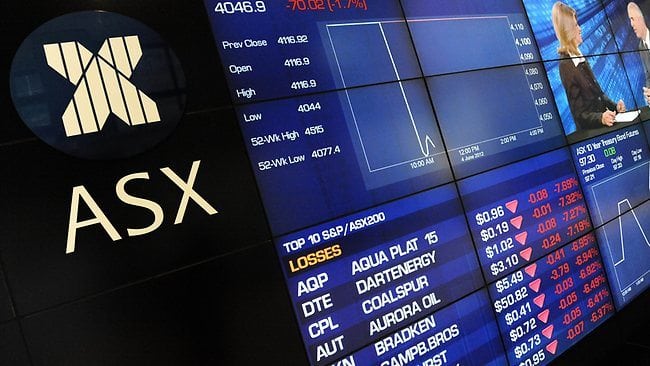
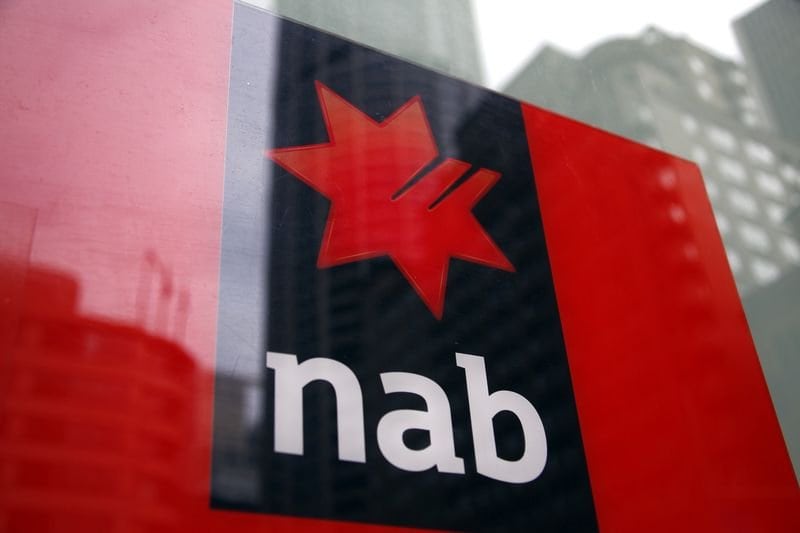
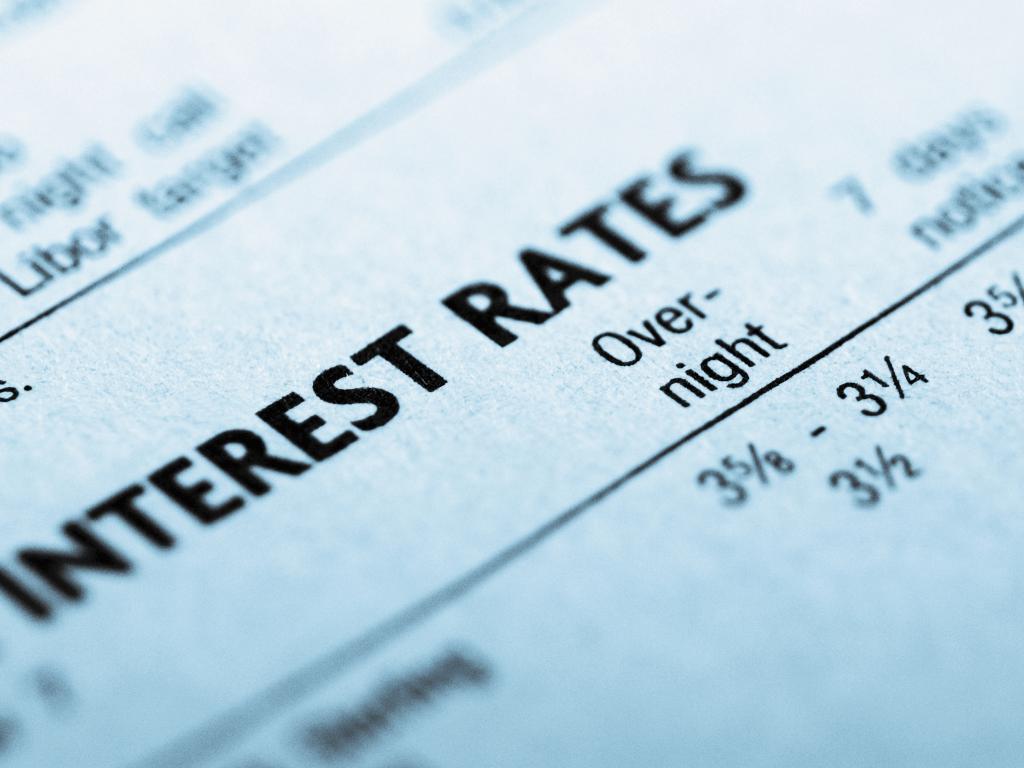
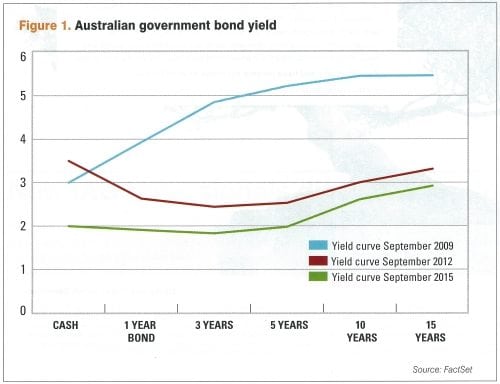

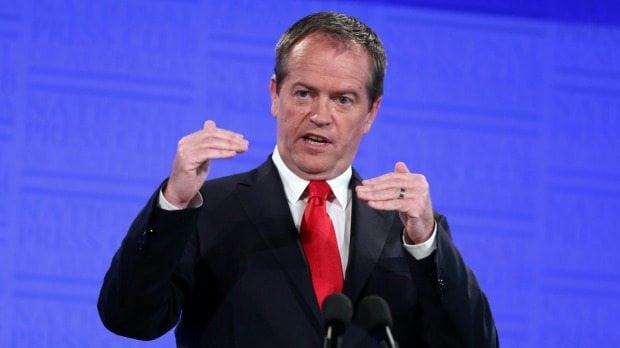
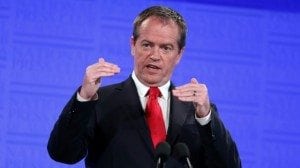 Federal opposition leader Bill Shorten has made it no secret he will look to Australia’s superannuation industry to unlock billions in capital investment for key infrastructure projects.
Federal opposition leader Bill Shorten has made it no secret he will look to Australia’s superannuation industry to unlock billions in capital investment for key infrastructure projects.


